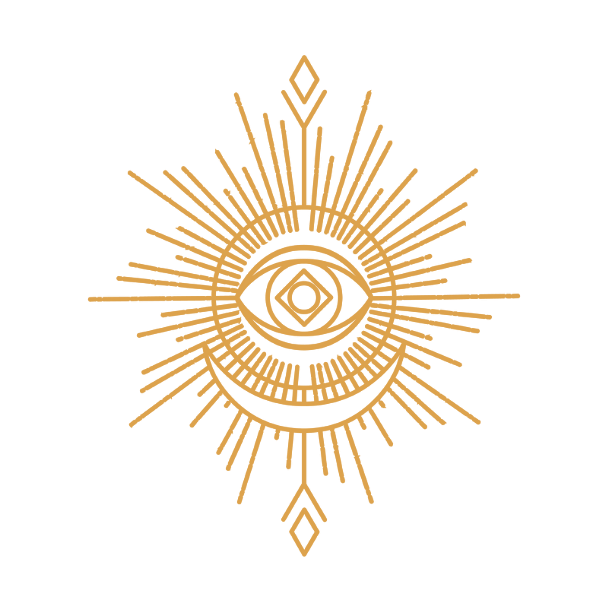Dream Incubation and the Blue Lotus:
One of ancient Egypt's most profound spiritual practices centered around the Seshen flower, known today as the blue lotus.
For over three millennia, Egyptian priests and seekers used this sacred plant to transform ordinary meditation or sleep into a gateway for divine wisdom, developing an elaborate practice of ritual dream incubation.
Central to this practice was the ethereal blue lotus (Nymphaea caerulea), emerging each morning from the depths of the Nile to bloom brilliantly in the sun.
The Path to Divine Dreams
Those seeking guidance would first undergo days of careful preparation, including fasting and abstinence from worldly pleasures. As twilight approached, participants would drink a special preparation of blue lotus, often steeped in wine or brewed as a tea. This botanical addition induced a state of profound relaxation while maintaining mental clarity—the perfect condition for divine communication.
In specially designated areas of Egyptian temples, seekers would recline on dedicated "dream beds," having first written the name of their chosen deity on a piece of linen, which was then ceremonially burned in a temple lamp. As the smoke carried their petition heavenward, they would drift into sleep beneath the temple's sacred roof.
A Night in the Temple
The experience of spending a night in an Egyptian dream temple was unlike anything in our modern world. As darkness fell and the blue lotus tea took effect, seekers would enter a unique state of consciousness—alert yet deeply relaxed, aware yet receptive to the whispers of the divine. Archaeological evidence suggests these temple spaces were carefully designed to enhance the dream experience, with specialized architecture creating specific patterns of airflow and temperature.
Under these conditions, participants reported experiencing vivid dreams and visions that they believed contained direct messages from the gods. These weren't ordinary dreams, but rather experiences described as more lucid and meaningful than typical night visions.
Divine Interpretation
Come morning, dreamers would meet with temple priests known as the "Masters of the Secret Things"—ancient Egypt's equivalent of professional dream interpreters. These specialists were trained in the complex art of drawing meaning from the symbolic language of dreams, translating divine messages into practical guidance.
The practice proved so popular that temples often overflowed with seekers, leading to more structured systems for reporting and interpreting dreams. The ritual's reputation even spread beyond Egypt's borders, with Greek visitors later adopting similar practices in their own temples.
A Legacy of Wisdom
For over three millennia, this sophisticated approach to seeking divine wisdom through dreams flourished in Egypt. Recent scientific studies have begun to shed light on the biochemical properties of the blue lotus, revealing compounds that may indeed influence dream states. This intersection of ancient wisdom and modern science raises intriguing questions about how our ancestors developed such sophisticated understanding of consciousness-altering botanicals.
As you close your eyes tonight, consider that you're participating in an activity as old as civilization itself—the sacred act of dreaming. While we may no longer sleep in temples or drink blue lotus tea, the wisdom sought by those ancient dreamers remains as relevant today as it was when the first seekers lay down to dream beneath the Egyptian stars.
